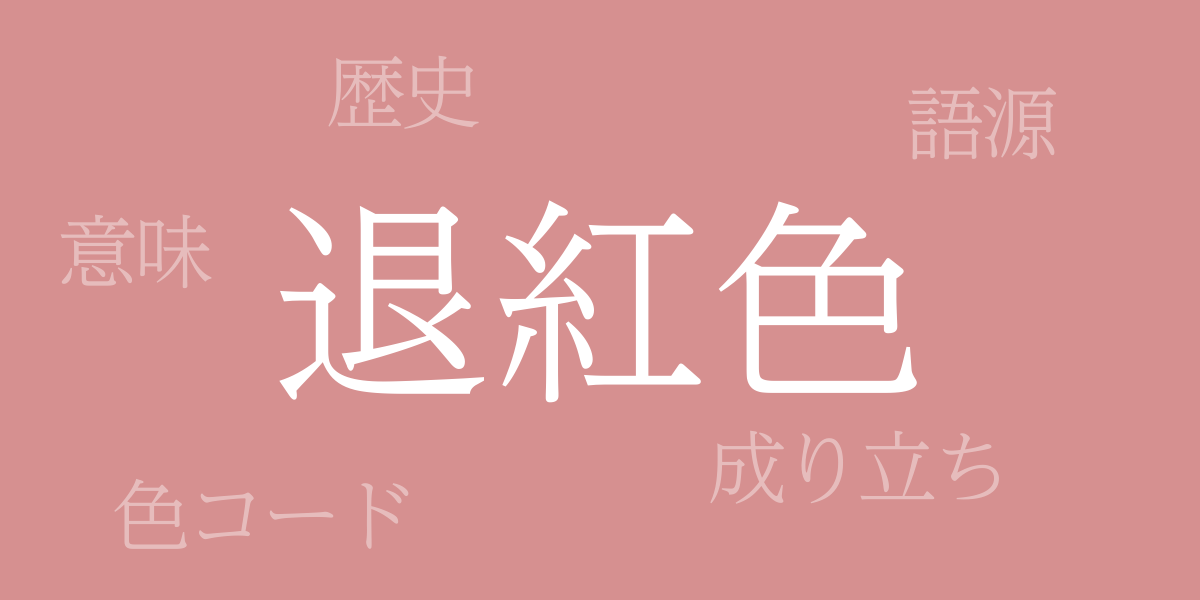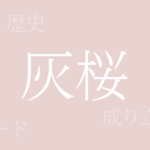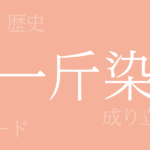Colors are a mirror of culture, and Japanese traditional colors, with their unique aesthetic and historical depth, are no exception. Among the vast palette, “Taikoshoku (たいこうしょく)” stands out with its alluring subdued red hue, as the name suggests. This article explores the profound allure of Taikoshoku, delving into its meaning, history, and its application in modern design.
About Taikoshoku (たいこうしょく)
Taikoshoku (たいこうしょく) is a traditional Japanese color, a variation of deep red that appears as if red has slightly receded, creating a warm and subdued tone. This color deeply rooted in Japanese nature and culture, typically appears in traditional items such as kimonos and Japanese paintings. Its serene hue is beloved as a color that evokes Japan’s four seasons.
History of Taikoshoku
Taikoshoku is a historical color, already in use during the Heian period. Within the aristocratic culture of the time, red was considered a noble color, and Taikoshoku was prized for its more refined and calm impression. Over time, this color spread among the common people, becoming a favorite for kimonos and everyday items.
Color Codes for Taikoshoku
In digital and web design, accurate reproduction of Taikoshoku is essential. Below are the color codes for this shade:
- HEX: #D69090
- RGB: R:214 G:144 B:144
- CMYK: C:19 M:53 Y:35 K:0
Western Names for Taikoshoku
In the West, Taikoshoku corresponds to names like “Old Rose” or “Antique Rose,” which also suggest the color of aged rose petals, a subdued red. This color is popular in Western design fields such as interior design and fashion, often chosen to create a serene ambiance.
Summary of Taikoshoku
Taikoshoku is one of the most attractive colors in the spectrum of Japanese traditional colors, cherished for its history and beauty. Its elegant and calm shade continues to be loved by many, utilized across various design fields. In the digital age, using its color codes can help convey the charm of Taikoshoku to people around the world. As a color that conveys the beauty of Japanese tradition to the modern era, Taikoshoku’s deep hues will continue to enchant many for years to come.

























